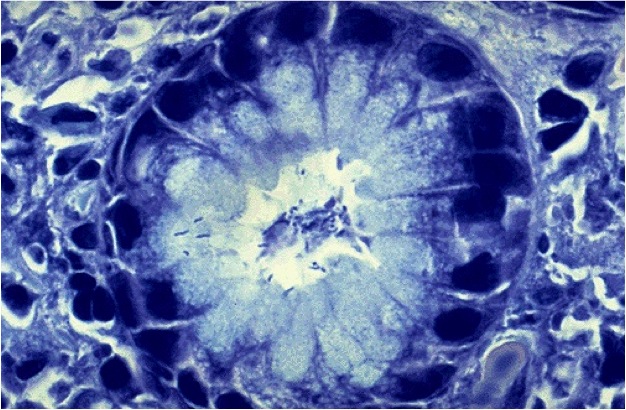Understanding Peptic Ulcer Disease: Pathophysiology, Diagnosis, and Treatment
- USMLE
- NBME
- ACGME
2.
You may optionally provide this to label your report, leaderboard, or certificate.
×
Thank you for your feedback!
















